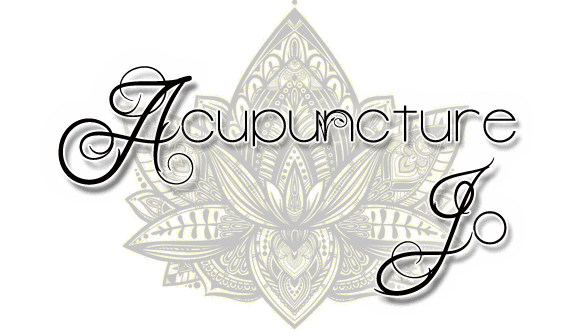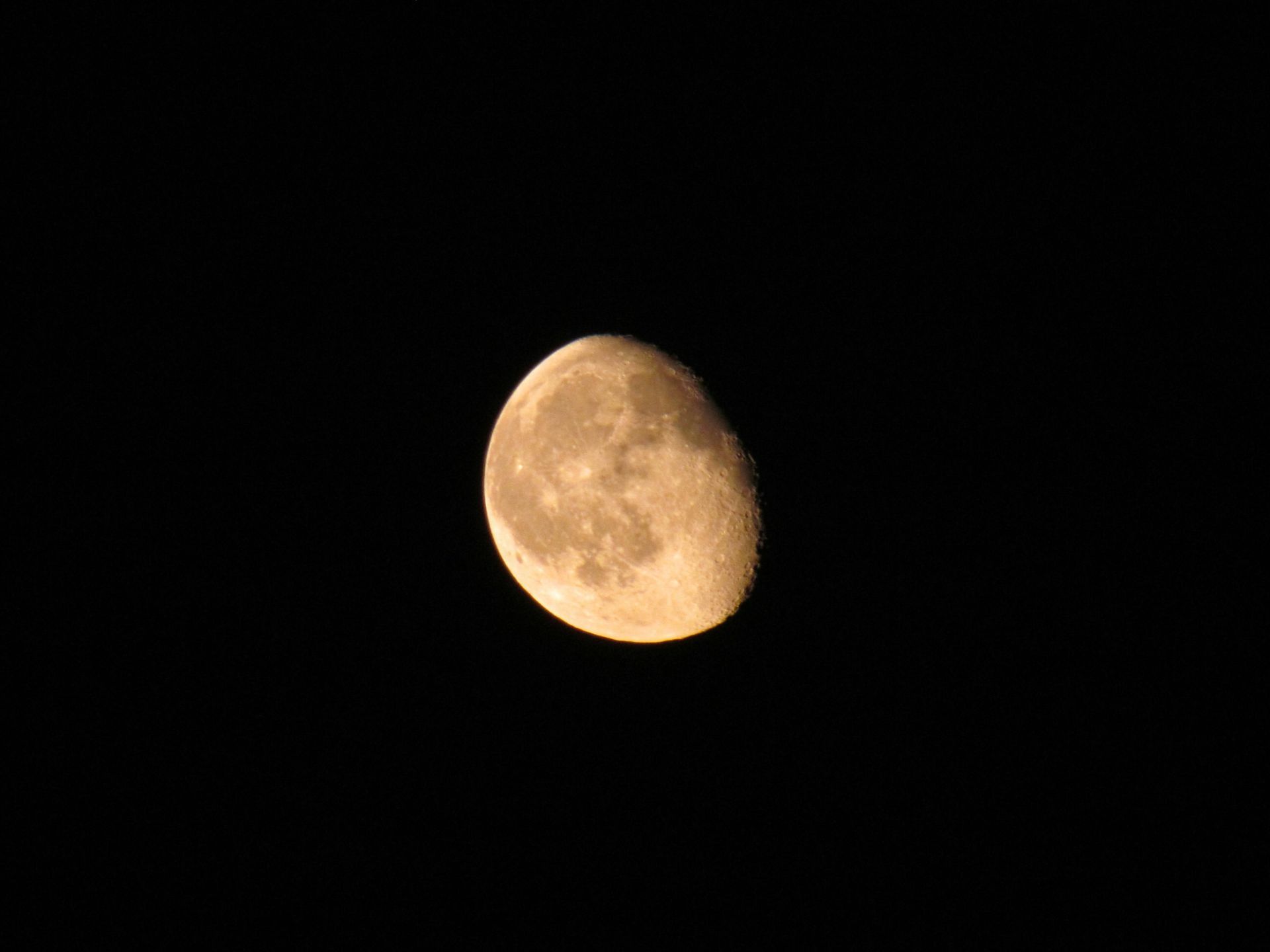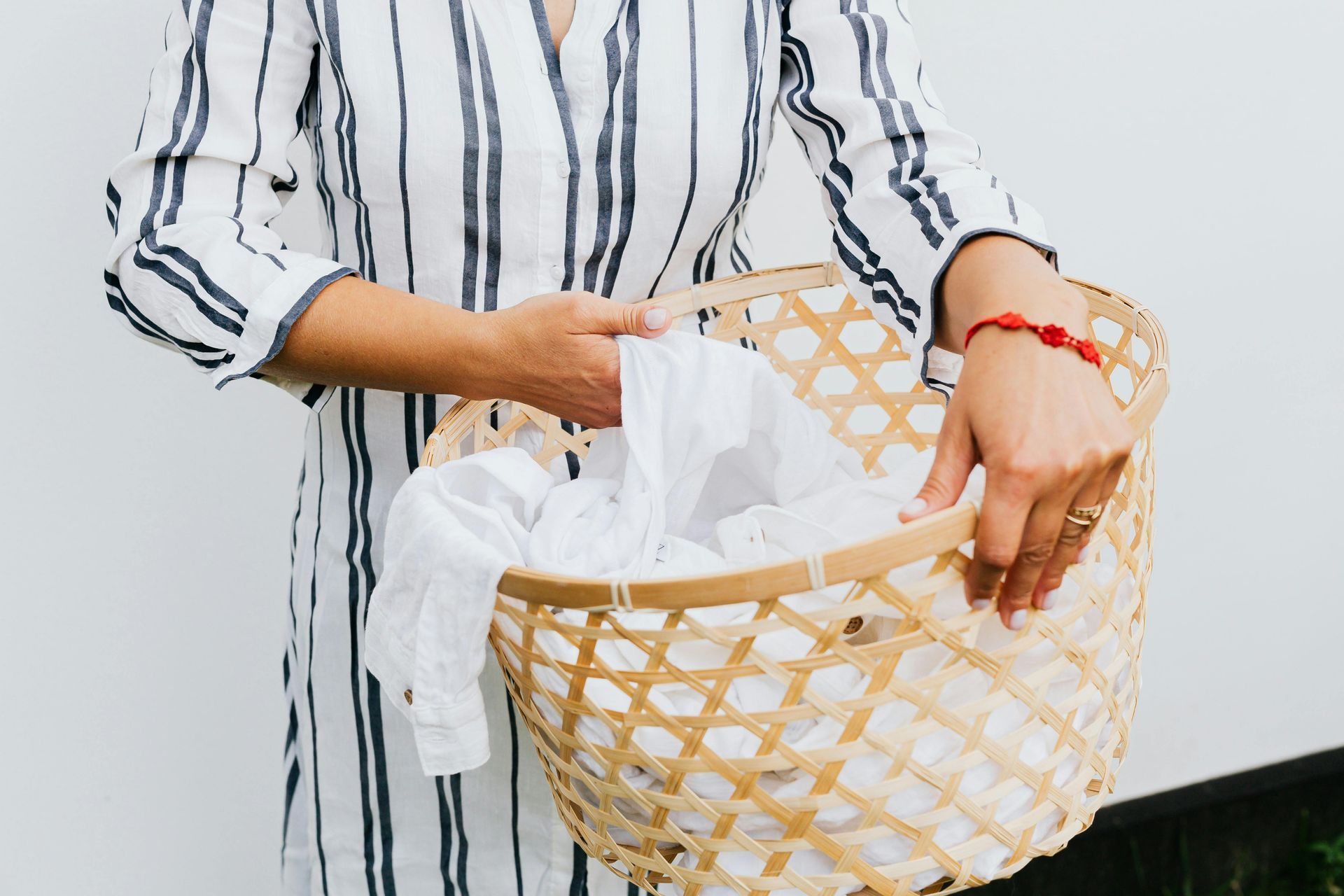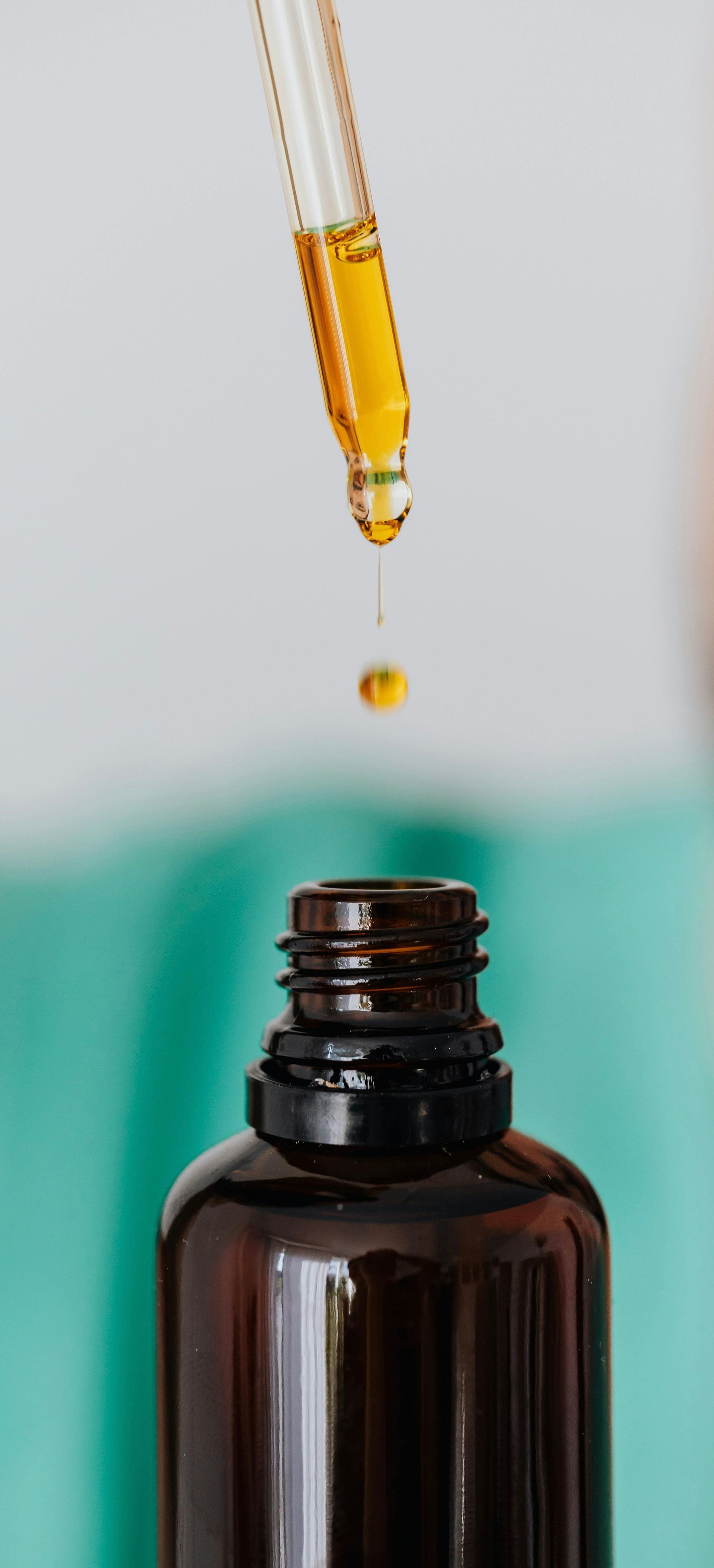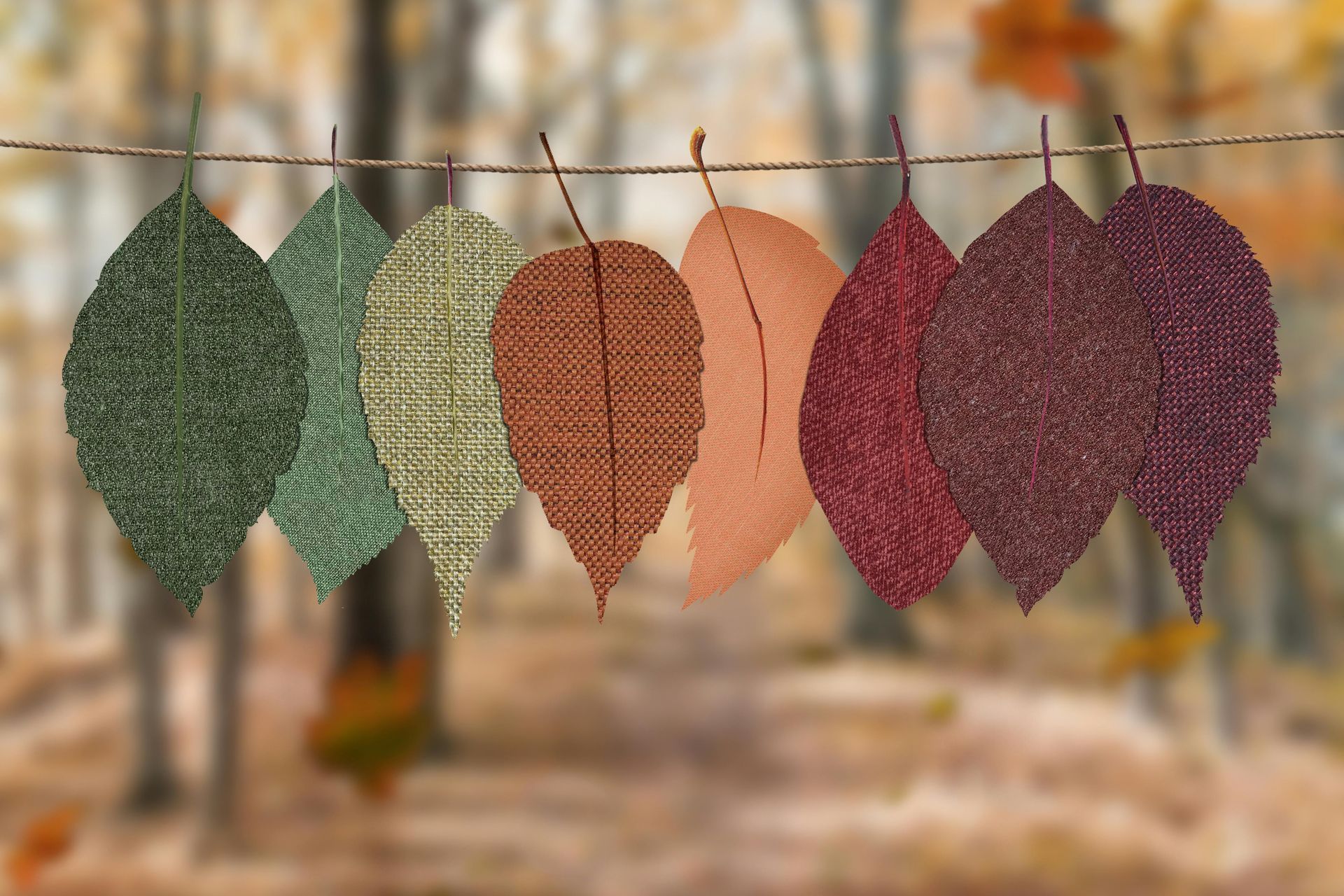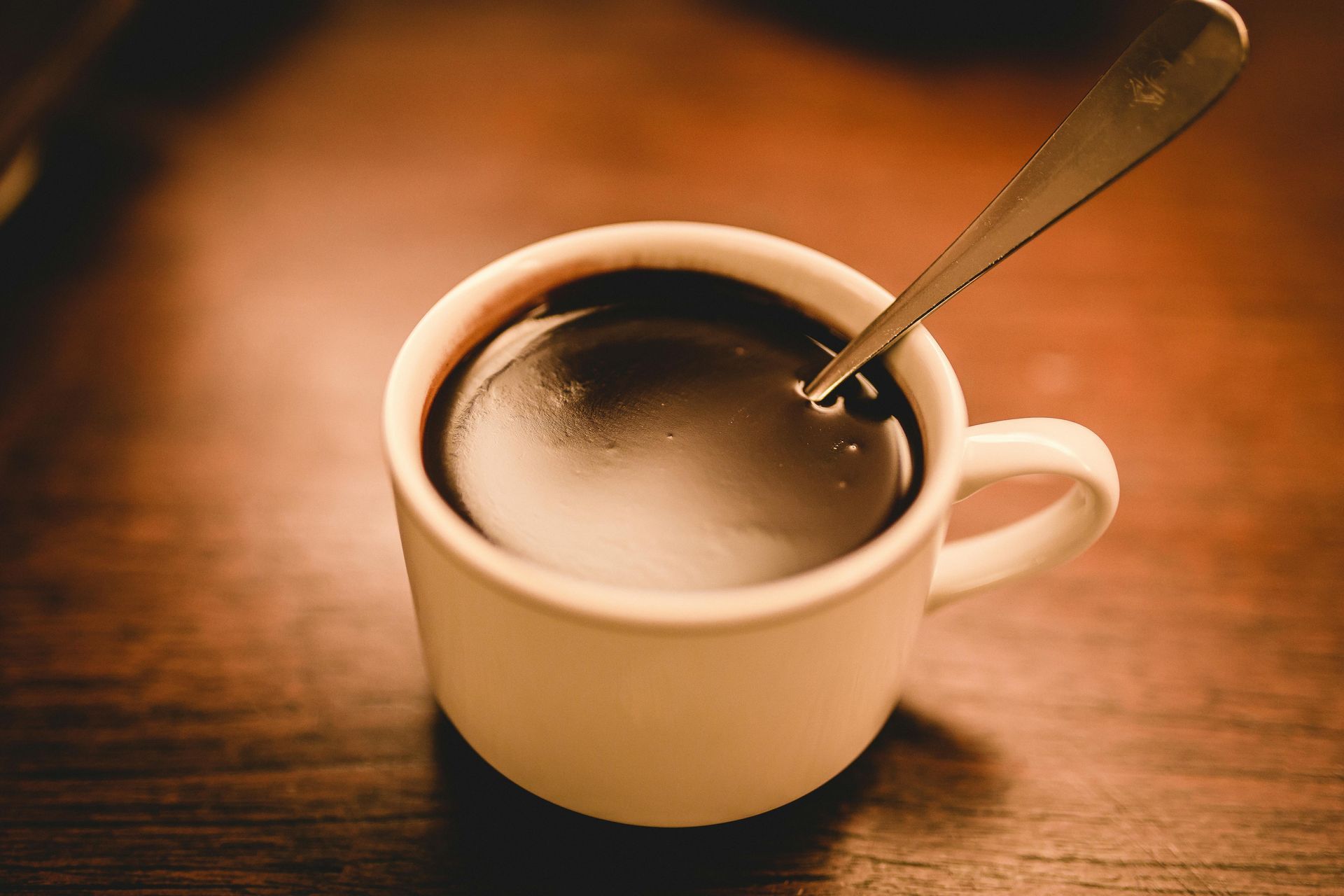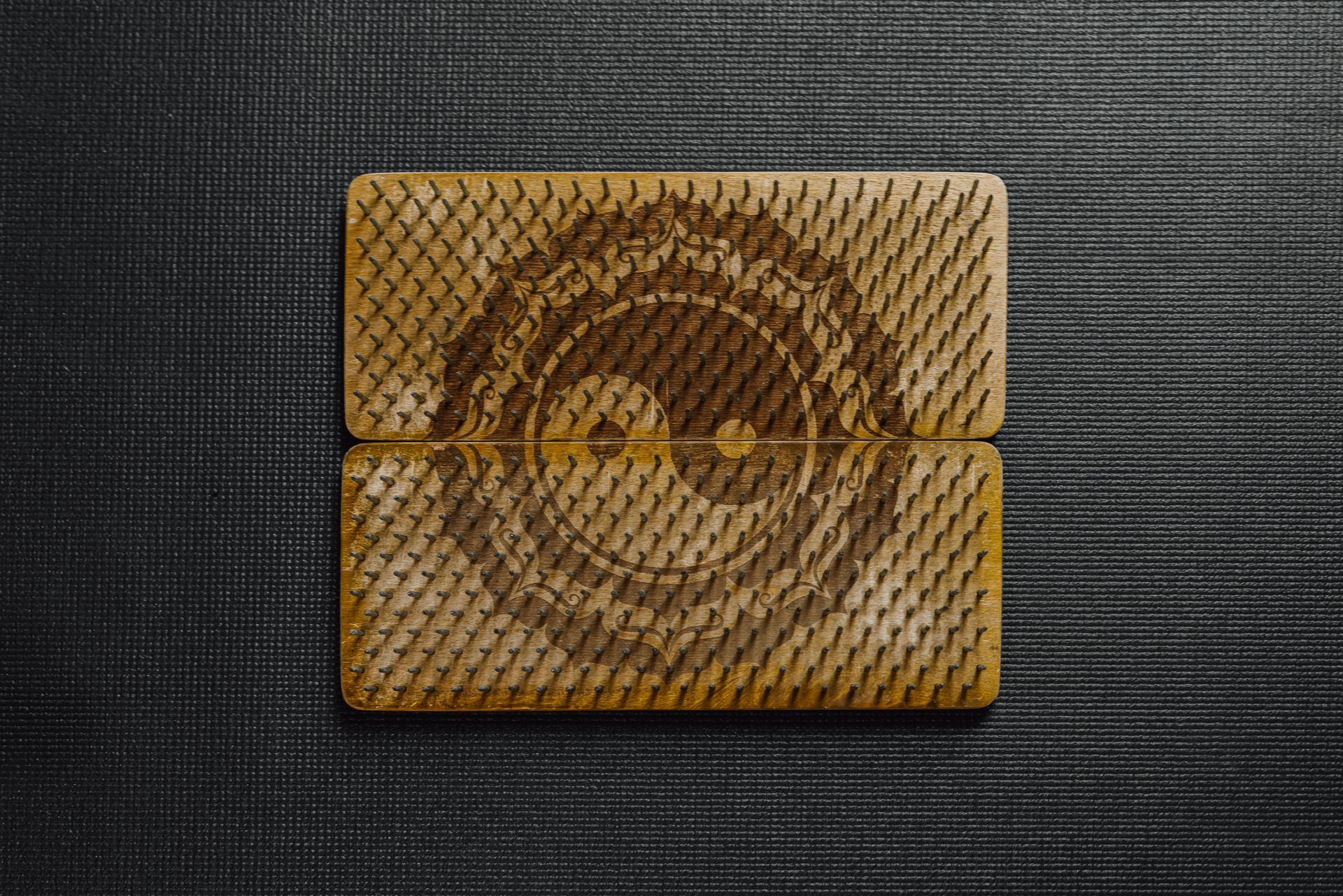Pelvic Hydrotherapy
Tea Time with Jo|Pelvic Hydrotherapy
Have you heard of V-Steaming aka Vaginal Steaming? It has become more and more popular with “V-Spas” opening up all around the country in recent years. However, Pelvic Hydrotherapy, a much more appropriate name, has been around for centuries. There are records of steam being used for medicinal purposes as far back as the ancient Babylonians. In this blog, I aim to share some of the most common uses for Pelvic Hydrotherapy in my office as well as how you can find a qualified practitioner. Grab yourself a nice, hot beverage and let’s dive in!
What is Pelvic Hydrotherapy?
Pelvic Hydrotherapy, aka V-steam, is the practice of exposing the genital/rectal region to the gentle steam that comes from a vessel of hot water; perhaps containing herbs and/or salt. The steam rises through the vaginal and rectal openings, having an effect on almost the entire pelvic region. This is why “Pelvic Hydrotherapy” is a much more appropriate name than “Vaginal Steam” which discounts the effects of the steam in other regions of the pelvis.
Origins of Pelvic Hydrotherapy have been found on just about every continent on the planet. It is practiced culturally in several countries including some in Asia, Africa and Central America for various reasons including reproductive health and postpartum healing. It is also being used in modern hospitals in Korea, China and the Ukraine for the treatment of various cancers and for assisting in labor and postpartum care.
The theory behind this therapy is that herbs are selected according to the patients complaint, the herbs are steeped in a boiling pot of water, the boiling pot of herbs in placed underneath a stool, chair or box with a cut out from which the steam may rise. The patient sits over this opening for a prescribed amount of time. They may also stand, kneel or squat over the pot. During this time, the properties of the herbs rise with the steam and gently make contact with the absorptive tissues of the vulva, vagina, rectum and beyond. Over time, the exposure to the steam and the properties of the herbs, may have a therapeutic effect on these tissues.
I have been curious about this therapy since I saw it on TV back in the early 2000s. Several years later, a local Acupuncturist started offering this service and I jumped on the opportunity to try it for myself. Witnessing the benefits first hand, I knew I had to learn more so that I could safely offer this service to others. Below are some of the most common complaints that I use Pelvic Hydrotherapy for, either on its own, or in combination with other therapies like Acupuncture, Moxa and Herbal Remedies.
Accumulations in the Reproductive System
This includes Ovarian Cysts, Fibroids, Endometriosis, Adenomyosis and Uterine Polyps. I would say that steaming is a particularly useful treatment for these complaints as it can travel into the pelvis, helping to soften any mucus-y type nodules or accumulations, similar to how steam in the shower helps to relieve congested sinuses. Steam has the potential to rise to the fallopian tubes which may be useful in the treatment of blocked tubes or Hydrosalpinx. There are not many therapies that can affect this region so directly without being invasive.
Menstrual Care
The steam can also be useful in promoting thorough sheds of the uterine lining. When areas of the lining don’t shed properly, they can create clotting, cramping and dark discharge with menstruation. Interestingly, these areas of “stuck” lining are not distinguished on ultrasound. Seeing the changes in the menses is one of the most validating and satisfying ways to see the positive effects of steaming. Over time, period flow becomes more bright red in color, with little to no clotting, and with an absence of dark spotting either before or after. Cramping is also reduced or even eliminated in some cases.
Steaming can also be a great way to help regulate menstrual cycles as well. If cycles tend to be long, a specific steaming schedule, and customized herbal blend, can be used to help promote the onset of a new cycle. If cycles are short, the herbs can be adjusted to help promote longer cycles. I have personally used steaming for both of these purposes with my patients and it has proven to be helpful.
Preparing for IVF
There are several hiccups that can occur during an IVF cycle. Steaming can be helpful for several of them. Some of the conditions I have helped to treat with the steams during this process is eliminating an ovarian cyst that is getting in the way of starting the stimulation phase and clearing fluid pockets in the lining that are getting in the way of the transfer phase. I have also found steams to be helpful in promoting better lining quality and thickness, with the use of the appropriate herbs.
Labor Prep
This is a really fun one for me as I may have used steaming in a patient’s treatment plan to help them become pregnant. It seems fitting to use steaming to help with bringing the baby earth side as well. Steaming after 36 weeks has a lot of benefits, some of which include softening the cervix and preventing perineal tears. Steaming can also have a positive effect on relieving the pain from Symphysis Pubis Dysfunction (whether or not the person is pregnant) which can happen as the baby descends in the last trimester. Since steam is naturally anti-biotic, steaming can also be used to help manage the presence of Group B Strep in the vaginal canal.
Menopause & Painful Intercourse
Just because your child bearing years may have passed, it doesn’t mean Pelvic Hydrotherapy is not of use to you. Vaginal dryness is a common complaint in women transitioning through Menopause as well as those on certain types of birth control that affect estrogen production. Estrogen helps to maintain the natural moisture of the vulva and vagina; so if levels are deficient, the tissues in those areas can become dry, thin and sensitive. Steaming right before intercourse helps to bring moisture and circulation to those tissues which makes intercourse much more comfortable. With the appropriate herbs, consistent treatment can help heal these tissues if they have been prone to tears from the dryness. Cooling herbs may also be used to help mitigate symptoms like night sweats and hot flashes.
Other Uses
Steaming has been reported to be useful in the treatment of scar tissue, especially in the genital region (such as those caused by episiotomies, perineal tearing, and surgical procedures). Consistent steaming can help to soften scars and help promote sensation around areas that may have become numb as a result of the scar tissue formation. Steaming can also be really useful for the treatment of lumps or bumps on the vulva/perineum such as those caused by ingrown hairs or Bartholin’s cyst. Steaming with disinfecting type herbs can also be a great help in treating infections such as BV and yeast.
While no one likes to discuss these topics, there are some other uses for steaming that can be quite healing. One example is after sexual trauma/abuse. The anti-biotic nature of steam can be useful in reducing or eliminating bacteria that may have been transferred, as well as clearing the smell of the abuser. Steaming may also be used as “Plan B” because of its cleansing action on the lining. It can help to clean out undesired semen from the reproductive system. Though this method is not 100% reliable against conception, steaming within 72 hours can do a lot to soothe the client and heal any traumatized tissue. Some clients report having emotional release from a traumatic experience that happened many years ago as well.
As mentioned above, steaming is also used in various hospitals for the treatments of various local cancers (rectal, prostate, vulvar, vaginal, etc). It has also been practiced in many cultures as part of postpartum healing. A study on the benefits of postpartum steaming was actually done here in the U.S. You can read all about it here
How to Find a Qualified Practitioner/Facility
With all of the trendy “V-Spas” opening up, it is important to find a practitioner or facility that offers legitimate steaming services. Especially since this type of treatment is not regulated by most states/countries, individuals really need to do their research before considering undergoing any kind of Pelvic Hydrotherapy.
I have seen several websites where the practitioner offering the steams is an herbalist but has no formal steam training. An herbalist may know a lot about herbs but that doesn’t mean they know about the effects of steaming with regards to the amount of time and frequency that is safe especially with consideration for the menstrual cycle.
I wrote an Instagram post all about this topic with some helpful tips on how to screen for a legitimate practitioner. Keep in mind that some practitioners may have more traditional training, meaning that they were taught by their parents/grandparents or trained with a local practitioner in a different country. These folks may not have certificates to show their knowledge but are incredibly skillful. If you would prefer to find a certified practitioner, such as myself, you can use this directory put together by Steamy Chick which is the institute that I trained with (as well as the institute that did the study on Postpartum Healing with Pelvic Hydrotherapy linked above).
I hope that you have learned something new from this blog. While this particular blog discussed more of the benefits of steaming for the female reproductive system, there are also plenty of benefits for the male reproductive system as well. There are not a lot of formal trainings in this area just yet but I’m hoping to learn more as trainings become available.
If you found this blog helpful, please share it with a friend or loved one who might benefit from this knowledge. I would be most appreciative :)
